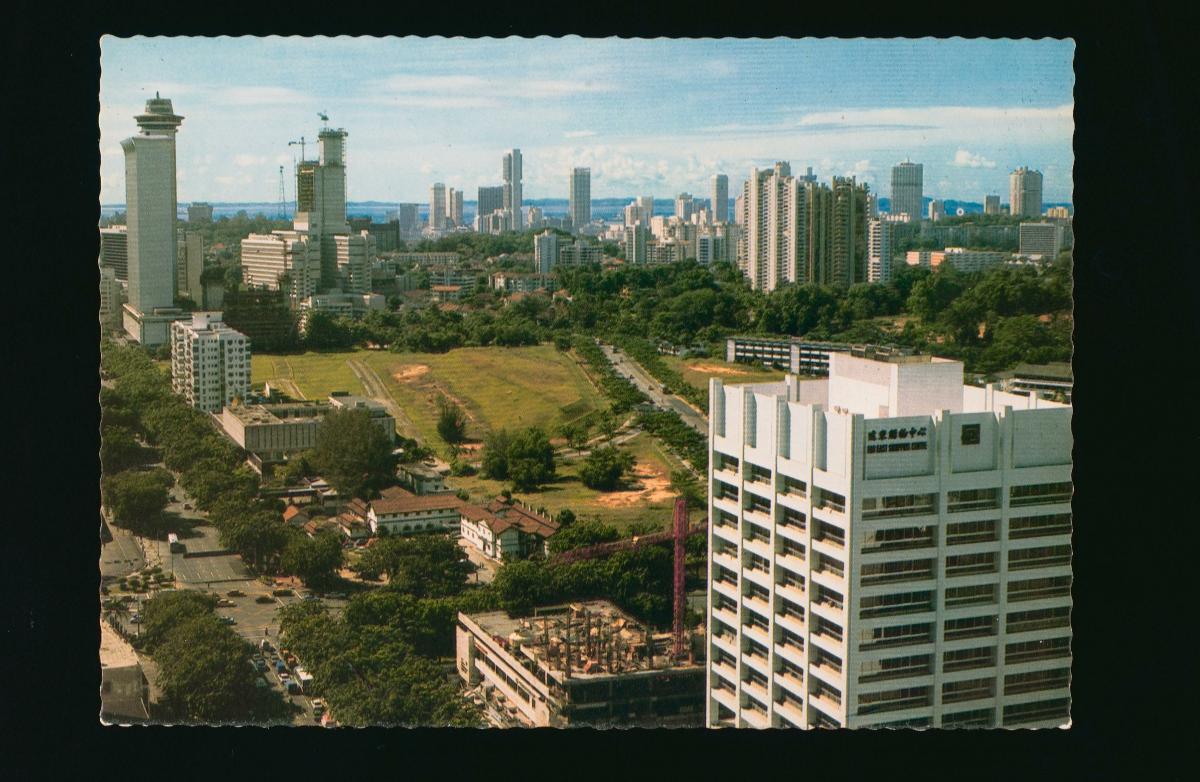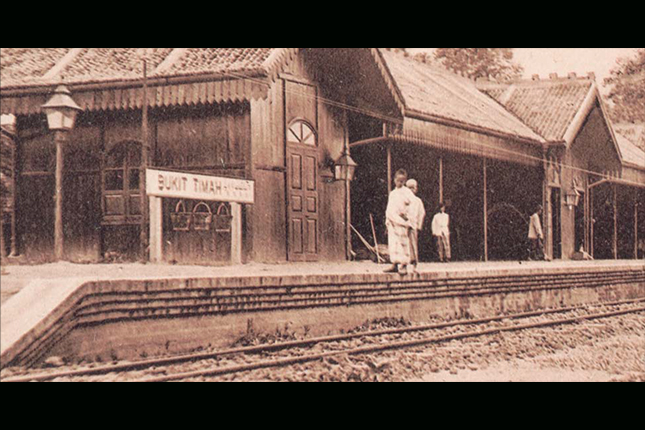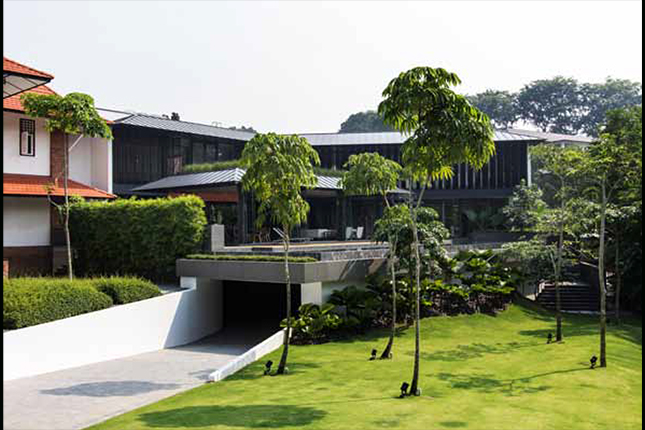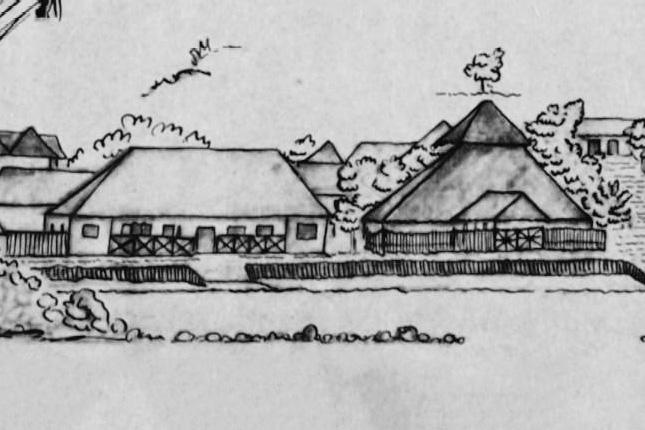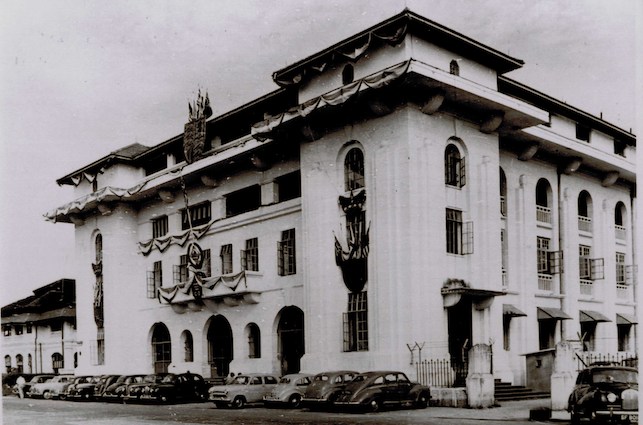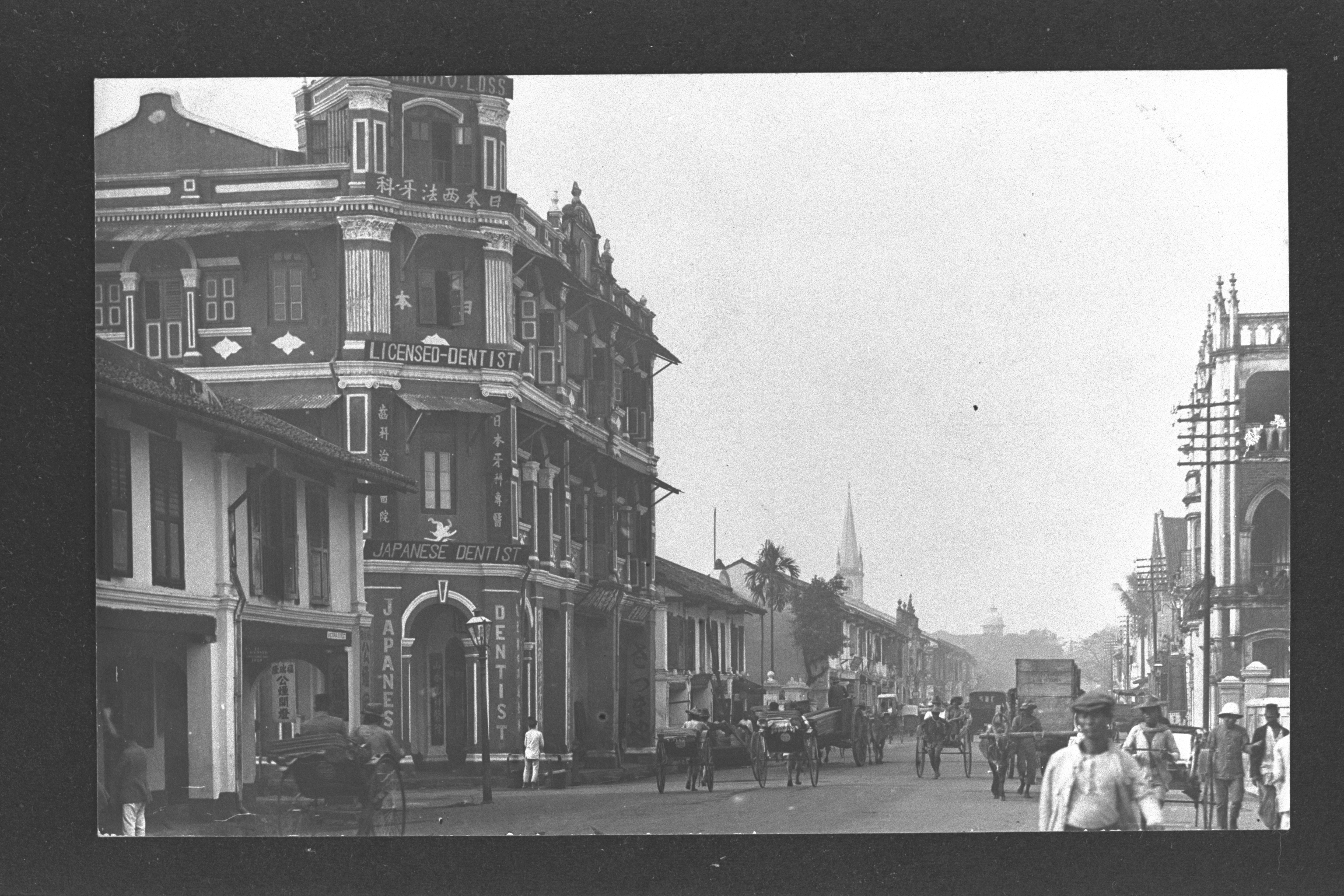Early Traffic Control Duties
Policemen became the de-facto traffic controllers when roads for carriages and horses were first constructed under Lieutenant Philip Jackson’s 1822 Town Plan. Back then, the police dealt with issues ranging from obstructions on the streets to foot-traffic interfering with carriages on the road. When the Police Force Ordinance 1871 was enacted, it became the official duty of the police to take lawful measures “for regulating the traffic upon public thoroughfares, and removing obstructions therefrom”.
In 1896, the arrival of the first motorcar in Singapore transformed the traffic control landscape. By the turn of the 20th century, these privately-owned motorcars began adding, in great numbers, to the already congested streets plied by thousands of jinrikisha (rickshaws), bullock carts and electric trams. This caused a rise in road accidents. As a result, the Traffic Office was established in 1914 to enforce law and order on the roads. This office was later expanded to the Traffic Branch in 1918.
Traffic Police Headquarters
In the late 1920s, the colonial government embarked on a massive construction programme to improve police infrastructure. The ambitious project was initiated by the Inspector-General of Straits Settlements Police, Harold Fairburn. Works on the Traffic Police (TP) Headquarters at Maxwell Road began in July 1928 and was completed shortly after one and a half years. In 1930, the Traffic Branch moved out of their office in the Central Police Station at South Bridge Road to occupy their new headquarters at 28 Maxwell Road.
By the 1930s, “winged” men or “point duty” policemen directing traffic began donning white uniforms, distinguishing TP officers from their counterparts. Up to the outbreak of the Second World War, the work of TP continued to be multi-faceted and demanding. Beyond traffic control, the Branch also undertook the testing and licensing of all drivers, and the examination and registration of all motor vehicles. The TP Mobile Squad was also introduced in 1939 to enforce traffic laws on the roads.
This neoclassical building was designed by Frank Dorrington Ward, the government architect of the Straits Settlements Public Works Department. Ward also designed other familiar landmarks such as the former Supreme Court and the former Hill Street Police Station.
Built to accommodate 118 officers and their families, 18 single officers, with flats for two sub-inspectors, the top of the building commanded a view of the harbour and most of the city. A closer look at the rear of the building reveals a few interesting details: the windows were designed to be smaller than usual, located higher on the walls, and sheltered with a canopy hood. This was where the communal kitchen used to be and as such, safety precautions had been designed to mitigate possible occurrences of a stove fire breakout. The former TP Headquarters was not merely an office but also a living space built to meet the needs of the occupants.
In 1941, the TP Headquarters housed Singapore’s first Driving Test Centre and was the only place for locals to attain a driving licence. This function was housed in TP until May 1978 after which it was decentralised to test centres across Singapore.
Post-war Development
During the Japanese Occupation of Singapore, European officers of the Straits Settlements Police Force were interned as prisoners-of-war. Some of these officers stayed to serve in the Police Force after the war ended. W.R.M. Haxworth, today a renowned war-time artist, rejoined the force and eventually retired as the Superintendent of Police from the Traffic Department in 1954. During his tenure, he implemented several improvements including better traffic lights, luminous gloves for traffic policemen, halt signs and laying of traffic islands.
In 1977, the TP Headquarters building received a much-needed facelift and a new look — a freshly painted red exterior. The renovations also created space for the Accidents Investigation Branch to move from Sepoy Lines into the building, marking the start of a fully integrated TP Headquarters.
To keep up with road network developments in Singapore, especially the construction of expressways in the 1970s, TP formed an Expressway Patrol Unit in 1985. The unit enforced road discipline and assisted motorists in distress when the new expressways became accident prone sites, accounting for nearly half of serious and fatal accident cases.
Over the years, TP continued to keep up with the changes: In November 1970, seven female officers became the first batch to undergo a 2-month Mobile Squad Training course — a task that had until then been exclusively the domain of male officers.
After spending almost 70 years at 28 Maxwell Road, TP moved to its new office at Kampong Ubi in 1999. In 2005, the former TP Headquarters building was converted to house the Red Dot Design Museum. The building was gazetted for conservation by the Urban Redevelopment Authority in April 2007. Today, the building has been repurposed and is occupied by the Maxwell Chambers Suites.









